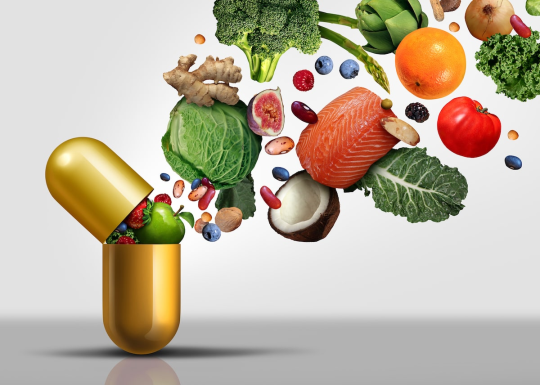
With almost each news story concerning the gluten-free diet, we perceive dire sound warnings about the risks of dietary deficiencies. While there are positively applicable reasons for this, the good news is that it’s completely probable to eat a fit, balanced gluten-free diet and fill in any nutrient gaps with a small planning.
A choice of vitamin and mineral deficiencies are widespread right following diagnosis with celiac disease. Most gluten free vitamins are fascinated in the small intestine, and since the celiac disease causes harm to the small intestine, it can’t do its job appropriately. The amount of the deficiencies depends on the duration of time someone has had untouched celiac disease and the position of the spoil within the intestine.
- Iron
Experts estimate that more than half of those newly diagnosed with celiac disease have iron deficiency anemia. Iron is essential because it binds oxygen and transports it through the body. With low iron levels, people may experience fatigue, weakness, irritability, headaches, or difficulty concentrating.
Thanks to the cartoon character Popeye, many of us think of spinach as a good source of iron. Actually, our bodies use iron most efficiently from “heme,” or animal-based sources, like liver, red meat, poultry, fish, etc. Non-heme, or plant-based, sources of iron include nuts, seeds, beans, quinoa, and teff.
Iron deficiency is common during periods of rapid growth, so toddlers, teens and pregnant women are often affected. Vegetarians are also at a higher risk for iron deficiency since natural multivitamin sources are less absorbable. On the flip side, post-menopausal women and men generally do not need supplemental iron unless their blood levels show a deficiency.
- Calcium
Calcium is best known for promoting bone health, but it also plays a role in blood clotting, muscle contractions and nerve function too.
Getting adequate calcium can be tricky. The damage due to celiac disease affects calcium absorption, so many have been absorbing it poorly for years before diagnosis Many people with recently diagnosed celiac disease are at least temporarily lactose intolerant to add to the difficulty.
Lactose is the sugar found in milk products and the enzyme that digests it is frequently missing until the small intestine starts healing. With lactose intolerance, regular milk, ice cream, and other dairies can cause gas, diarrhea, and bloating, while hard cheeses, lactose-free milk and some yogurts are typically well digested. After 6 months to a year, some people are able to digest lactose again.
Fortunately, a range of best liquid multivitamins contains calcium, such as sardines, firm tofu, tiff, black-eyed peas and some greens, like collards, turnip greens or kale. A wide variety of “milks” are calcium fortified, such as almond, rice, soy and hemp, and there are many fortified fruit or vegetable juice blends, too. Not all milk substitutes and juices have added calcium, so check labels carefully.
Nutrient gaps for the gluten-intolerant
Gluten-intolerant people can eat archetypal gluten-free foods, but they don’t contain the identical issues with years of malabsorption. Studies looking at diet records from people with celiac disease demonstrate a low eating of calcium and B vitamins and insufficient iron for women. This may also be accurate for anyone who is gluten-free, despite the cause for following the diet.




